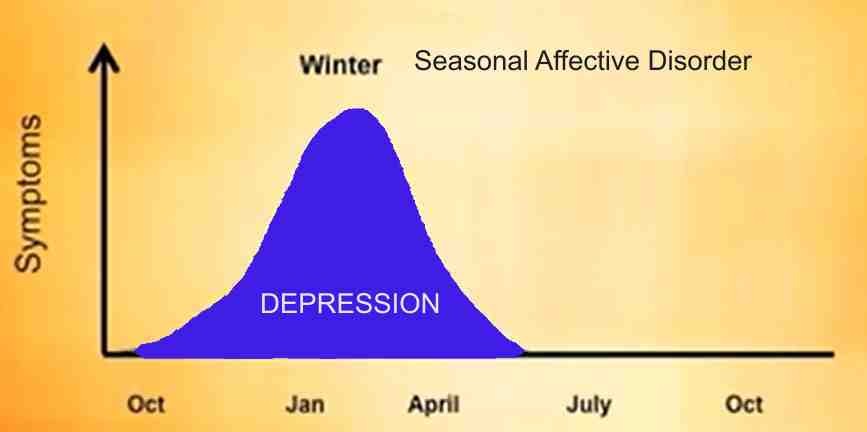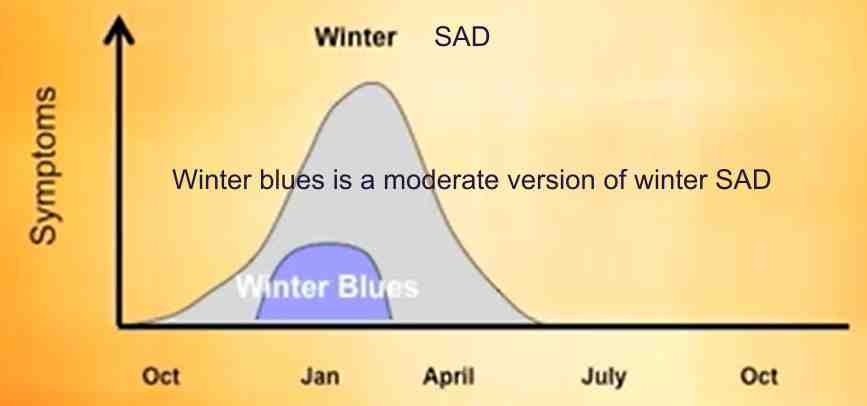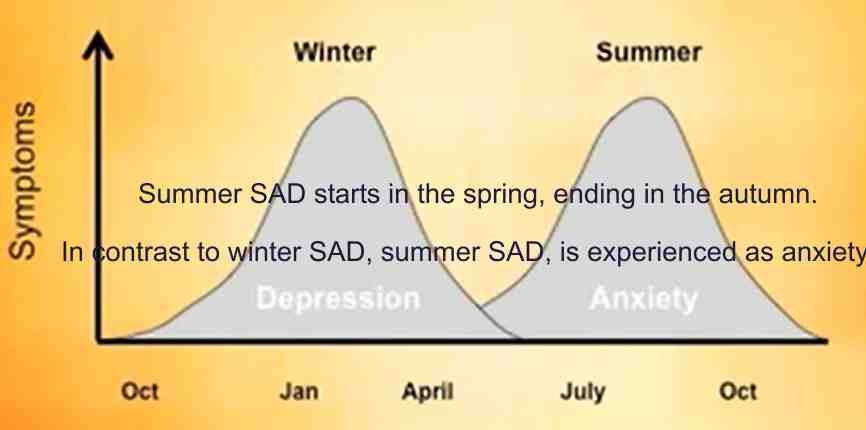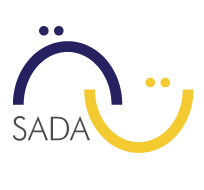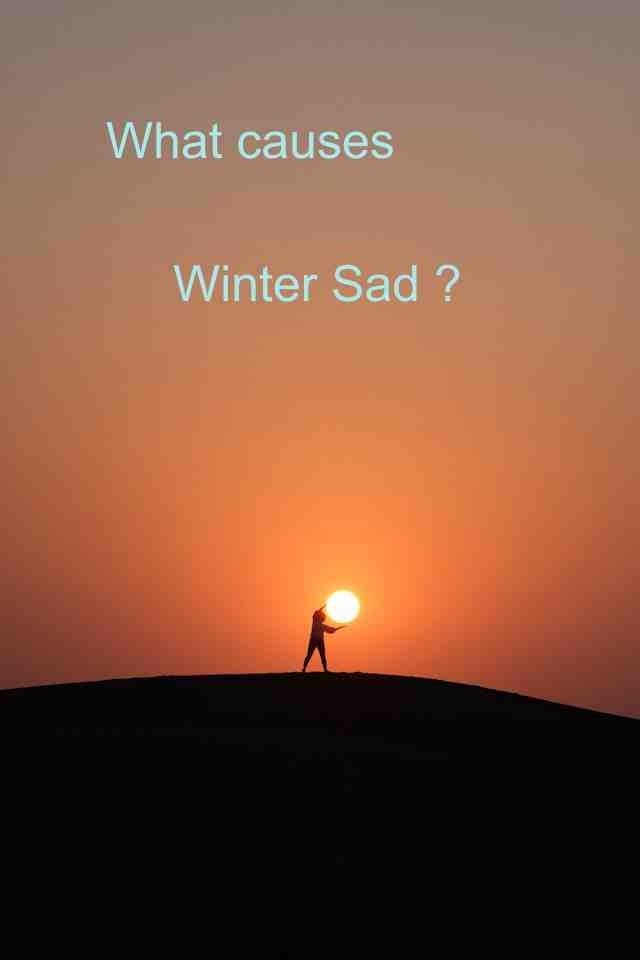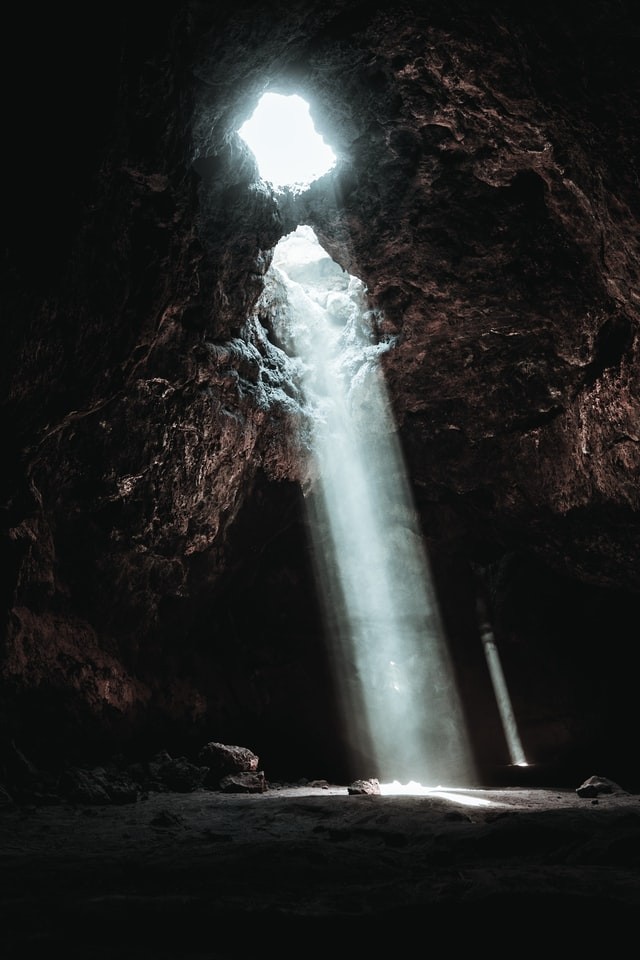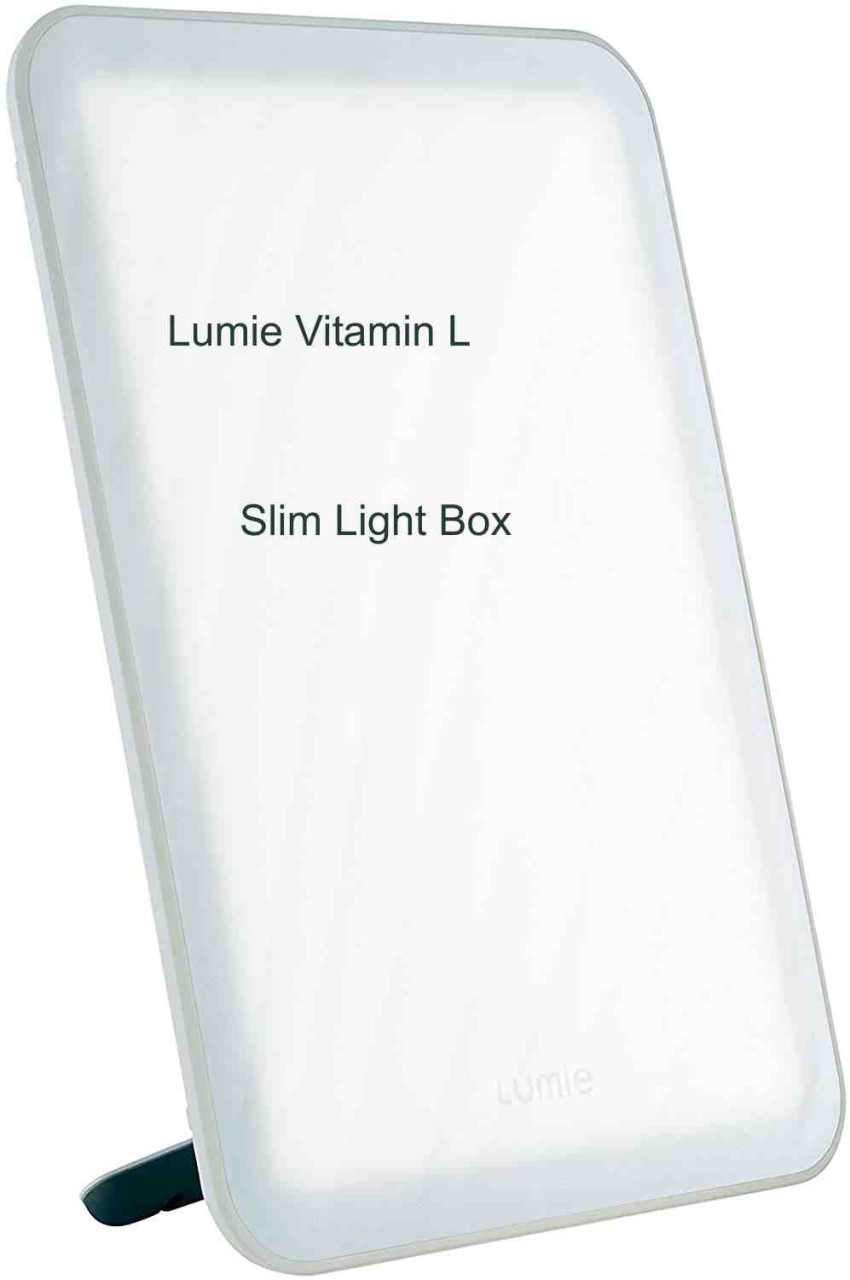Seasonal Affective Disorder (SAD)
Photo by Ray Hennessy on Unsplash
- SAD is about three times more common in women than it is in men, but men report more severe symptoms.
- SAD is most common in women during the years when they can have children.
- In the UK, about 3 people in every 100 have significant winter depressions.
- SAD is less common in children and in older adults.
(Royal College of Psychiatry).
Seasonal Affective Disorder (SAD) is a subtype of major depression. It has more than one type of classification.
Winter SAD is quite well known. often mistaken for the "winter blues".
Winter SAD appears typically in late September or early October with a peak of symptoms in the deep dark winter months of January and February, then fading away in April or May. SAD symptoms improve in March or April.
Symptoms are self-correcting, even without treatment,
All signs disappear by late spring (April May), until the cycle repeats the next year.
I was either 18 or 19 when I announced to my startled family as winter approached that I wanted to go to sleep at the end of October and not wake up until March at the earliest. I have never changed my mind and would dearly love to be able to hibernate. The first thing that hit me was that I am a thoroughly unpleasant person while suffering from SAD - I'm reclusive, anti-social, intolerant and, when hassled, verbally aggressive. I'm not like that in summer. (SADA case study 2)
Symptoms are much less severe and the duration is shorter. The winter blues are very common, with many of us experiencing a mood shift during the colder, darker days of winter.
You may find yourself feeling more lethargic and down overall. Although you may feel more unhappy than usual. The winter blues typically do not affect your ability to enjoy life.
No season gets better press than summer. "In the peak of summer, I find life feels completely out of control and up in the air. There is a frenzy about summer that I find very chaotic and hard to manage, emotionally and physically. It's as if someone has turned the 'life thermostat' up to 11."(SADA case study 5)
Having seasonal depression in the summer is not as common as wintertime depression, but Mental Health professionals do see it. it is thought that summer SAD is due to the reverse, possibly too much sunlight. which also leads to unhealthy melatonin production.
The SAD Association is a UK charity which informs the public and health professions about SAD. They support and advise sufferers. SADA is the world's longest surviving support organisation for Seasonal Affective Disorder and currently has over 2,000 members.
SADA say the symptoms of SAD usually recur regularly each Winter. A diagnosis can be made after three or more consecutive Winters of symptoms, which include a number of the following :
| Sleep problems: | Usually desire to oversleep and difficulty staying awake but, in some cases, disturbed sleep and early morning wakening |
| Lethargy: | Feeling of fatigue and inability to carry out normal routine |
| Overeating: | Craving for carbohydrates and sweet foods, usually resulting in weight gain |
| Depression: | Feelings of misery, guilt and loss of self-esteem, sometimes hopelessness and despair, sometimes apathy and loss of feelings |
| Social problems: | Irritability and desire to avoid social contact |
| Anxiety: | Tension and inability to tolerate stress |
| Loss of libido | Decreased interest in sex and physical contact |
| Mood changes | In some sufferers, extremes of mood and short periods of hypomania (overactivity) in spring and autumn. |
Photo by Matt Nelson on Unsplash
When you experience these signs and in addition, they are affecting your work performance and your personal life. You may have these signs reoccur every year that start and fade away around the same time in the year, If you seek professional help you may be diagnosed with winter SAD.
You can try a self-assessment tool. They typically ask the following two questions.
1. Do you experience change with the seasons ?
- Mood
- Appetite
- Weight
- Social Activity
- Energy Level
- .Sleep length
2 How much of a problem are these changes ?
- Mild
- Moderate
- Severe
- Disabling
If it severe or disabling, it is time to get help.
Photo by Selvan B on Unsplash
There is no definitive answer. For the most part, it is about daylight and darkness.
One theory is that winter SAD is caused by seasonal changes in the length of daylight, which is longer in summer and shorter in winter.
Another theory focuses on the effects of light on our internal circadian rhythms: in particular the 24 hour sleep wake cycle.
Winter SAD is like flying east to west, across many time zones, For example, you may lose three hours according to you bodies' clock. As a result, when the alarm rings at 8 am the next morning, you feel tired. For you, it is still 5 am.
You are out of sync. Being out of sync means a greater vulnerability to winter SAD.
So how do we get out of sync ?
If we are not jetting across time zones, Why does this happen ? Why is it that people with winter SAD, don't adapt well to seasonal change ?
The reasons are complex, but they have a lot to do with synchrony. The changes in daylight and darkness, the earth's weather patterns, and movement around the sun is not only our timekeeper. All living organisms keep biological time by way of an internal mechanism, a biological master clock. When our biological clock is running an little fast or slow, we get out of sync with environmental time.
This is when the problems starts.
Photo by Daniel Lincoln on Unsplash
In humans, we synchronise to light. That light is received by our eyes and retina. This information travels down the optic nerve, into the base of the brain, in the region called the hypothalamus. Embedded in the inner retina, are spidery cells that signals the SCN. The SCN is located in the brain's hypothalamus. This tiny "control centre" within the brain is responsible for all our circadian rhythms, including sleep wake cycles, changes in body temperature, blood pressure and heart rate and the release of many hormones.
So humans and almost all organisms display internally generated circadian rhythms. The basic properties of the rhythms are the same. They keep us on an approximately 24 hour schedule. They synchronise to external cues predominately light. They are maintained in the absence of such cues. Even without the cycling of daylight and darkness.
If you isolated yourself in a cave with no light for a few weeks, would you continually fall asleep at your usual time ? Or would your sleep wake cycle run too fast or too slow ?
The answer is your SCN would continue to operate despite your "dark cave" circumstances. But this clock will not be perfectly accurate. It will lose a few minutes every day. Your circadian cycles would be slightly longer than normal. (24.5 hours). This may not seem like much, but this difference from your usual precise 24 hrs, then everything you used to do in the daytime. Once you emerged from the cave, it will only take a few days to resynchronise to the usual daylight darkness time cues.
SAD involves desynchronisation and resynchronisation of your biological clock.
Light therapy is the number one treatment choice for winter SAD by "resynchronising" your biological clock
What is light therapy ?
It is exposure to very bright full spectrum light. Light that is brighter than indoor light but not as bright as sunlight. It is controlled by light devices or light boxes. It is administered for a specified amount of time each day.
How does light therapy work ?
We do not know for certain, but we do know that it acts on your body's response to light. It helps synchronise your own internal biological clock. With external time. It can reset our circadian rhythm, and sleep cycles. It may also stimulate your brain's neurochemical production, providing an anti-depressant effect.
How is light therapy delivered ?
It is delivered through light boxes into your daily routine. Light boxes come in all shapes and sizes. They are stationary light boxes that you can use at home while you read or on the computer, getting ready in the morning or having breakfast. There are portable lightboxes to use when you are travelling. There are bright light goggles, if you are much more active. You can find bright light rooms in offices even hotels, mostly in European countries.
When considering light therapy, you need to know about illumination, distance, duration and time of day.
- How bright should your light be ?
- How close or how far away you should be ?
- How you should position yourself from the light ?
- How long should you use the light box ?
- What time of day should you use the lightbox ?
In terms of your illumination, your light therapy box should be at least 10.000 lux. That is not as bright as sunlight but certainly brighter than your living room lamp. When using your lightbox, you should have your usual lighting on in the room.
Position yourself, 18-24 inches away from your light product or at a comfortable distance. Light should be projected downwards, toward the eyes at an angle, to minimise glare. Be sure to keep your eyes open. Do not stare into the light.
Duration is usually 15-30 minutes unless otherwise directed.
STOP if side effects occur. Lower the dosage the next day. Then build slowly. Be sure to always time yourself.
AVOID excessive duration. "more is not always better"
Morning is the best time of day for using light therapy and treating winter SAD.Generally, no later than 9 am. Timing does maximise effectiveness. So does consistency. Maintain a daily schedule. Consistency is important of obtaining the phase shifting effects of light therapy. Consistent morning light is most effective, in delaying the sleep wake cycle.
Potential side effects are :
- Feelings of agitation similar to high levels of caffeine
- Nausea or dizziness
- Eye irritation or strain
- Insomnia or early wakening
- Hypomania with Bipolar disorder
Avoid use of light products if you have:
- Pre existing eye or skin condition
- Photosensitive medication or supplements
If you are not sure consult your GP
When should you expect results ?
Generally in 7-10 days. If there is no change you might want to adjust the distance, or the position of the light product or the duration of time you are using it. Be sure to use the light product at the same time each day.
If there still no change consult your GP.
Comments
By accepting you will be accessing a service provided by a third-party external to https://www.flashinglightbulb.co.uk/


